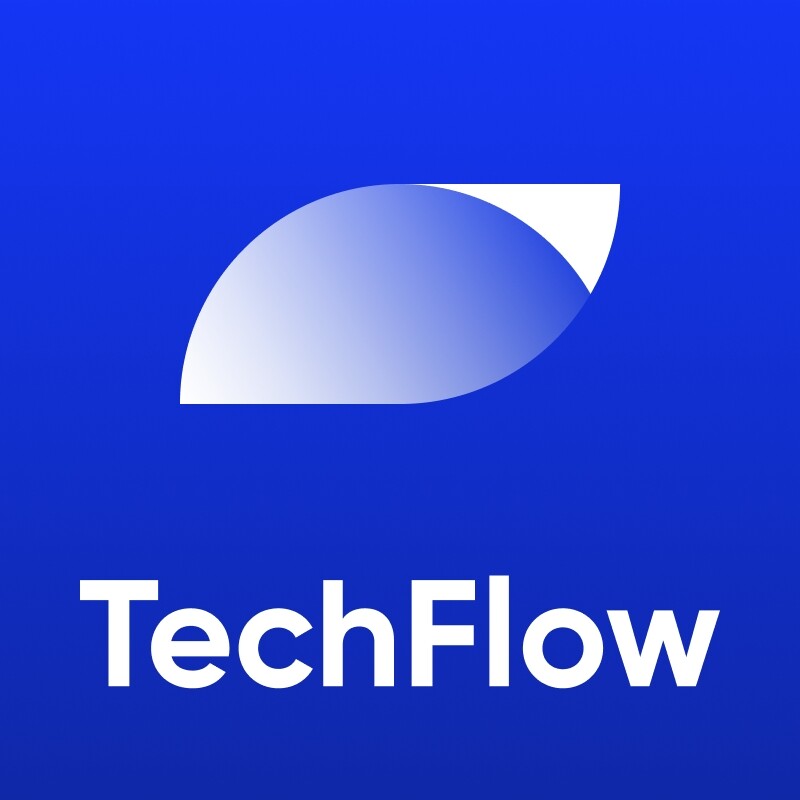U.S. stocks on the chain: opportunities, challenges and economic logic under the wave of tokenization
Written by Zhang Wuji Wepoets
With the rapid development of blockchain technology and the digital transformation of the global financial market, the tokenization of U.S. stocks, as a cutting-edge financial innovation, is gradually moving from concept to reality. By converting traditional stock assets into digital tokens on the blockchain, tokenization breaks the limitations of geography and time, providing global investors with a more efficient and convenient investment channel. However, while this emerging sector offers great potential, it also faces multiple challenges of compliance, technology, and market acceptance. This article discusses the logic and significance behind the tokenization of U.S. stocks from four aspects: the current situation, potential, compliance path, market impact and investment precautions, and attempts to provide a comprehensive perspective for investors and industry observers.
